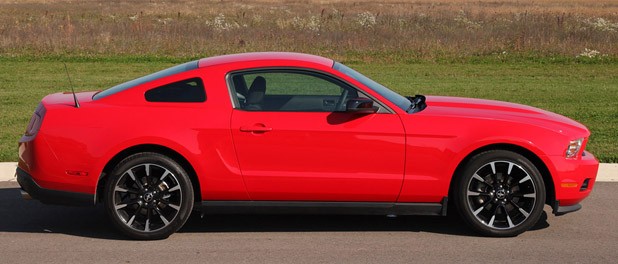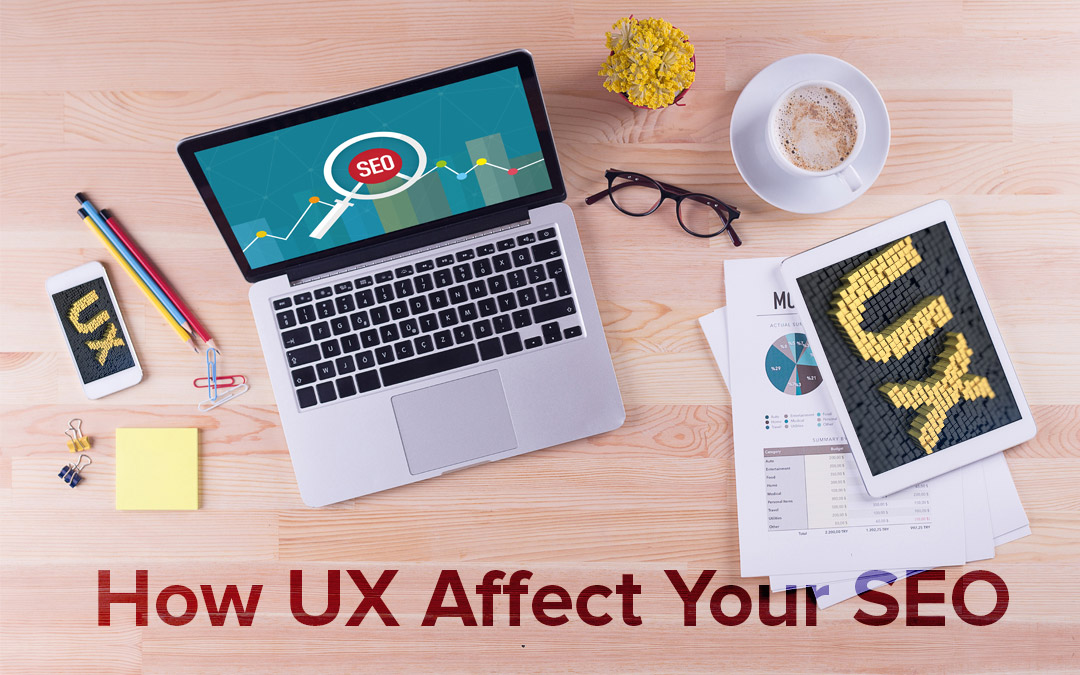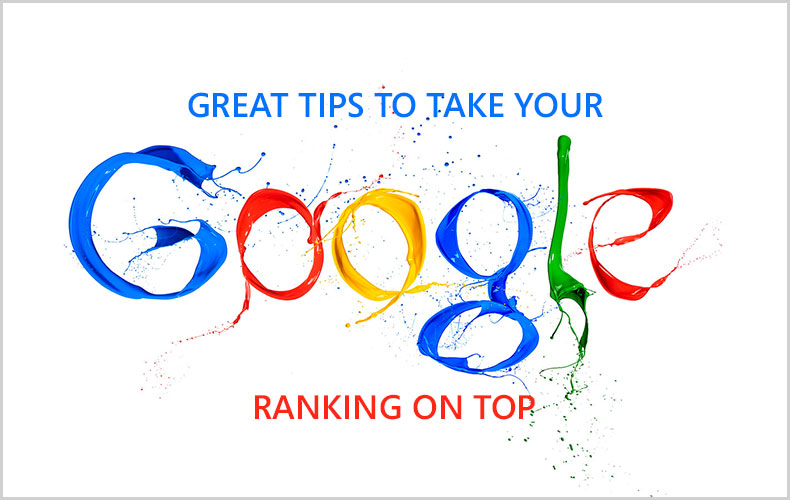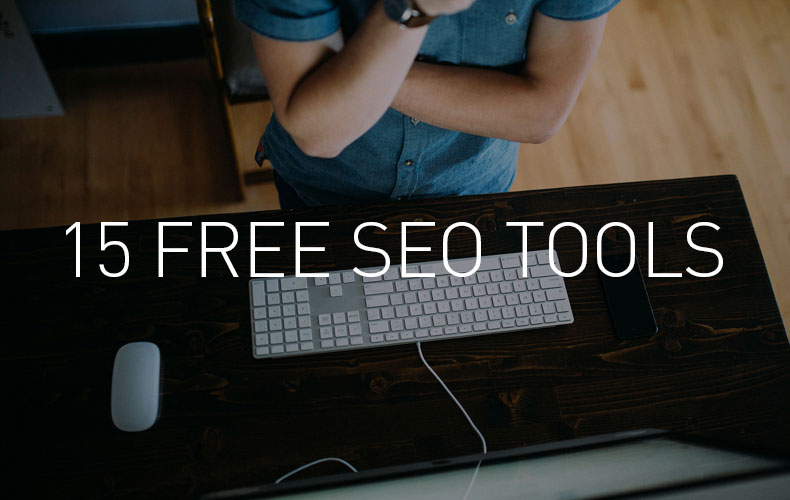They say, a picture is better than a thousand words, so why not make it worth a look? Displaying images on the web is no doubt a tricky business. If you make them too large or too high in resolution, your website will lag behind. And if you make them too small or too low in resolution, get ready to strain your users’ eyes.
Yes, it’s not a cake walk, but user experience, if delightful, does bring along a fast loading website with images that are compatible and clear to view. This all comes with image optimization which is an important pillar of on-page optimization in SEO. It is mandatory not only for a pleasant user experience but also for the search engines.
As search engines are becoming more advanced and sharp, the task of attaining a good search ranking is getting tougher too. It is not just the game of quality content now. There are other aspects that are responsible to increase search engine rankings, one of the major beings on page optimization.
Image SEO, Learn To Image Optimization for your Websites Now!
It is indeed a significant feature of your SEO and empowers with its subset i.e. image optimization. We all know that images have a strong visual power, but in the end, it all boils down to the usage, whether or not it can convey your message in a single glance.
Be reckless with your images and get ready to destroy the whole impression of your website. Here are some reasons why image optimization can turn the tables for SEO-
Rule Image Searches
By optimizing images, you can scale high in Google Image Search results. This is great in attracting huge traffic through search engines, especially if you are into products and services that are governed by images.
Less Loading Time
If the images on your website aren't optimized, it will add up to the loading time of web page as well as the site causing unnecessary delay. This will, in turn, create a bad impression on the users and increase the bounce rates. Considering that site speed is a major criterion of Google to determine the ranking, a company should optimize the image size under 100kb without tampering with the image resolution.
Consider this:
- Nearly 50% of consumers won’t even wait 3 seconds for an e-commerce site to load.
- ...and, globally, the average page load time is actually increasing.
- Amazon found that if their pages were to slow down by just one second, they would lose $1.6 billion a year.
- Google uses page load time as a ranking factor in their algorithm.
Visual Quotient
Images are used for creating visual appeal in any blog post or content. They not only pull the viewers by creating super user experience but also paves the way for huge traffic to the site. As per research, it has been seen that posts attached with images get more views as against those without images.
The Click Count
Whenever any post hits social media or other channels of marketing, images play a key role in getting a higher number of clicks. People click on those posts more which have more images in it than the ones sans images. Therefore by optimizing images, you can increase the click count with the help of rates or CTRs of the posts.
Choose the right file type
There are three common file types that are used to post images to the web: JPEG, GIF, and PNG.
Please consider this -
- In most cases in ecommerce, JPEGs should be your best choice. It's provide the best quality for the smallest file size.
- Never use GIFs for large product images. The file size will be very large and there is no good way to reduce it. Use GIFs for thumbnails and decorative images only or If you require animation.
- PNGs can be a good alternative to both JPEGs and GIFS. If you are only able to get product photos in PNG format, try using PNG-8 over PNG-24. PNGs excel as simple decorative images because of their extremely small file size.
Techniques for Image Optimization
Size Matters
Image size is an important feature of your overall user experience. Images can weigh down your page. Upload a page that exceeds 10 seconds to appear and trust me back button will become an obvious sight to witness.
With revised ranking parameters, loading time has also become crucial for your SEO ranking as the total time of visit has become equivalent to SEO algorithm. So, don’t forget to build your images low in bytes.
There is a tool called Compressor.io which is helpful in removing the excess load of bytes from your images, making it light and user-friendly.
Host Well
Image hosting is another factor that influences traffic from Google Image Search. The basis which forms the selection for Google Image Search is kept hidden but it is believed that image hosting is one of the important factors that contribute to the end results.
It is said that if the images and the text are in the same domain then such kind of images are given more emphasis unlike images hosted at another domain like a free image hosting site.
One more algorithm that has been brought forward for Google Image Search is how the images integrate with the text on the page.
Some best hosting recommendations from us -
1. Hostinger.com
Best Cheap Host ($2.15/mo) - The entry-level, Single-Web Hosting plan doesn’t offer many unlimited perks or free features. But the Premium and Business Web Hosting plans have got a lot to offer. Uptime and page loading speeds are faster than the industry average, and you’ll get your money back within 30 days if you’re unhappy with Hostinger.
Load time: 475ms (2nd out of 30)
Uptime: 99.78% (24th
out of 30)
Cost: $2.15/mo (3 year
plan)
Support: Live Chat (avg. response ~10min)
2. Google cloud - WordPress is a free and open-source content management system (CMS), and the world’s largest self-hosted blogging tool. WordPress can be deployed to Google Cloud Platform several ways. The best choice for you depends on how much traffic your website might receive and how much control you want over deployment and maintenance. Each option enjoys the security, cost, and performance benefits of GCP.
3. Amazon cloud hosting - Amazon Web Services offers cloud web hosting solutions that provide businesses, non-profits, and governmental organizations with low-cost ways to deliver their websites and web applications. Whether you’re looking for a marketing, rich media, or e-commerce website, AWS offers a wide range of website hosting options, and we’ll help you select the one that is right for you.
AWS only charges you for the resources you use, with no up-front costs or long-term contracts. AWS has web hosting options that offer pay-as-you-go pricing or fixed monthly pricing.
Alt Tag
The Alt Tag is by far the most significant element in image optimization. As we know, Alt means alternate that is the reason the text in the alt tag is shown instead of the image when the image fails to appear or is taking a lot of time to load.
Majority of the search engines are text-oriented implying that they can’t read images and videos. The position of your images is somewhat like empty space to the search engines. These empty spaces are of no benefit to your SEO.
The Alt tag not only informs the search engines that an image is located here but also highlights the theme of your image. A good approach for the Alt Tag is to keep it concise yet descriptive.
Cover your alt tags with search engine relevant info but don't get overboard while doing it. It should not be an unnecessary exaggeration and just be to- the- point message.

alt=”ford mustang LX red 2012″>
What’s in a Name
Just like keywords are crucial in URL, the same is the case for images. The keyword-rich file can serve as a big hint for a SE to determine relevancy. Don't use default image file names like DSC0019.jpg as it does not reveal much about the image.
Use self-explanatory filenames separated with the help of hyphen (-), for instance, steve-jobs-on-the-launching-of-iphone.jpg. This is very helpful if you are using SEO friendly images plugin for WordPress, as it conveniently changes file name into Alt tag.
Link for More
Images keep our eyeballs rolling and thus are perfect for linking. You can get great results provided you adopt better linking techniques for this. One very helpful tip for image linking is to not link your images directly.
Ensure that you use relevant anchor texts whenever you are linking your images. This is excellent for your SEO at the time of embedding images in a guest post or other pages that plan to get a link back to your site.
Always use a title tag whenever you are linking your images. The title tag gives a tooltip whenever your cursor is placed over a link. Use apt keywords and SEO driven description and your title tags will just do the deed.
Tool Tricks
Tools such as GIMP can be used to optimize image size. This tool is quite user-friendly and is easy to use. The best part is that it can help to modify the image without playing with its resolution. And by now we know that if the size is optimized, the web page or site won't be a trouble to load and will give a good rate, thereby delivering superb UX also.
Free online image optimizer - TinyPNG, Compressor.io, OptimiZilla
For Social Media
Always remember to optimize the images for various social media channels. There is a recommended image sharing size for every channel. SEO experts are adept at it and after checking the size of the social media channel, they will optimize the images accordingly.
They are also aware of how to use meta-graph for Facebook or operate settings for the purpose of adding Twitter in order to display the images clearly. This, in turn, influences the user experience positively. With the effect of optimized images, there is an increase in the number of clicks, post interactions and the rate of social traffic.
Align Better
Make sure that the alignment of the images matches with that of the posts. Proper alignment is necessary to extend a positive impact on the users. CMS such as WordPress gives an option to even customize the alignment as per the requirement of the post.
Resources for image optimization
Here are a few excellent resources for user experience designers when considering the optimization of images.
- Google has a fantastic, concise guide in their web fundamentals guide
- “Big Pictures on Small Screens: Remove, Resize or Reorganize,” by Amy Schade on NNGroup.com
- “Photos as Web Content,” by Jakob Nielsen (tangentially related and a bit older, but still relevant)
- One of our own authors, Nick Babich, also recently discussed image optimization in his article, “Accessibility for Visual Design”
Final Take
Images are instant pullers for your users. Understand their significance and optimize them with care by using the above tips mentioned in the article. Proper optimization will provide effective usability, user experience and a great scope to rise higher in the image search results. What’s more, you can even boost your traffic. But don’t let images be a burden to your site. Let them be an asset that works its magic!



